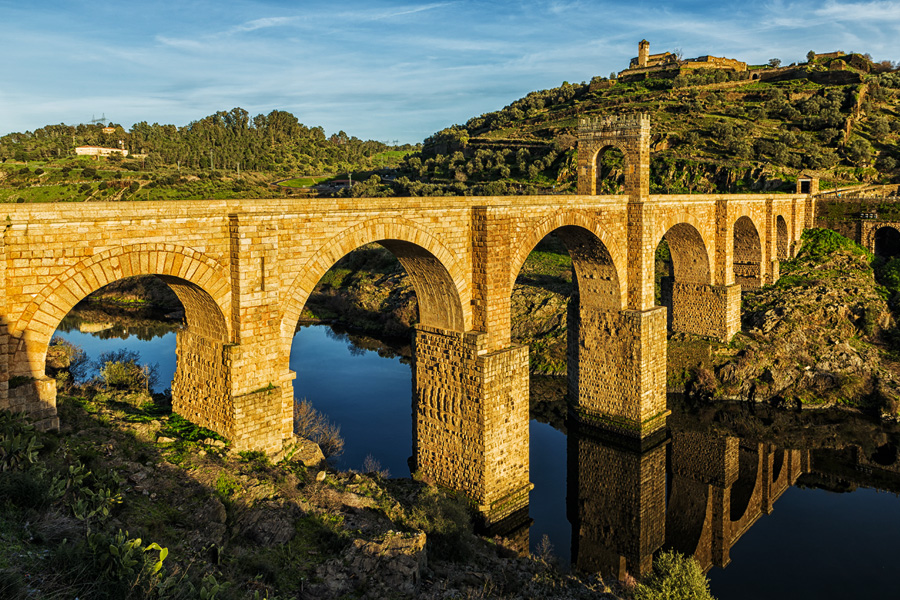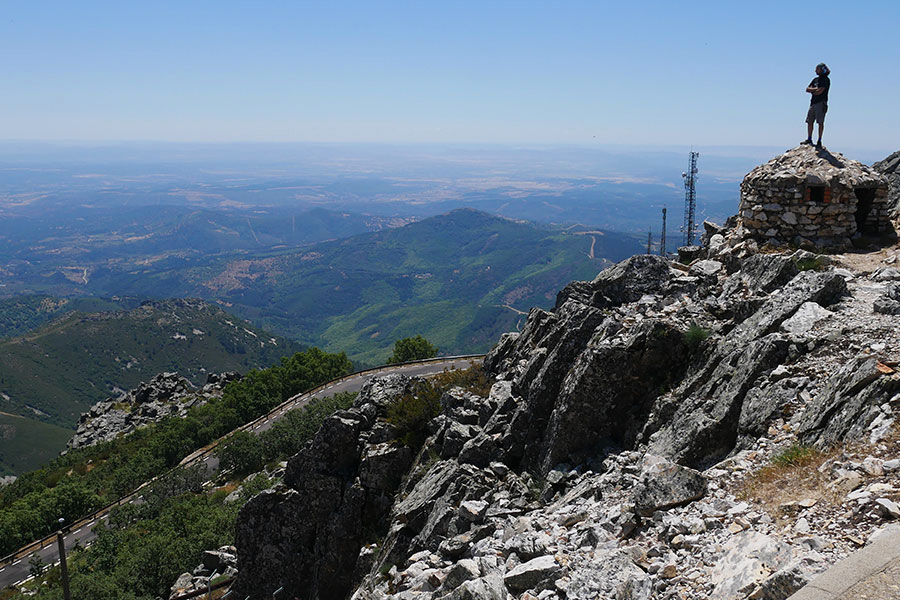




The biosphere reserve territories were created in 1976 as a UNESCO proposal with the objective of achieving a harmonious integration between people and nature, promoting sustainable development, improvement of knowledge, improving the lives of the inhabitants of these territories and enhancing the cultural and social values of its people.
The objectives set by UNESCO for the reserves are:



Few places like this are capable of bringing together, in one location, so much biodiversity, merger of cultures, rich in heritage and gastronomy, and ways of experiences and feelings. Discover what it is the Tagus International Tagus, its most outstanding values, its different protected species and what must be done to preserve all of it.
The Tagus International Biosphere Reserve has numerous protected species recognised at a regional, European and global level. The main objective of all of these is to ensure the conservation of the natural and cultural values that this border territory holds.
The Natura 2000 European Ecological Network, the Tagus International Natural Park in Spain and the Tejo Internacional Natural Park in Portugal, the Tagus-Tejo International Park or the Tagus-Tejo International Transboundary Biosphere Reserve are the main protected areas found in this territory.

A UNESCO Global Geopark, such as Villuercas-Ibores-Jara, is a territory which has a geological heritage of international value visible in the aesthetic quality of its landscape and recognisable by the scientific, tourist and educational stories that can be heard while we visit. The geological heritage, together with the rest of the natural and cultural heritage, represents for the society of its territory the basis of its own sustainable development strategy. Geoparks similarly develop a wide national and international cooperation which, undoubtedly, generates new experiences, opportunities and initiatives which facilitate the growth and valorisation of the rural environment in which these are included.
One of the most beautiful villages in Spain, and therefore in Extremadura, and one of the few geoparks in the country. The town of Guadalupe, with its Royal Monastery, World Heritage Site since 1993, and the Villuercas Ibores Jara UNESCO Global Geopark are a heritage site to discover, understand and enjoy.
